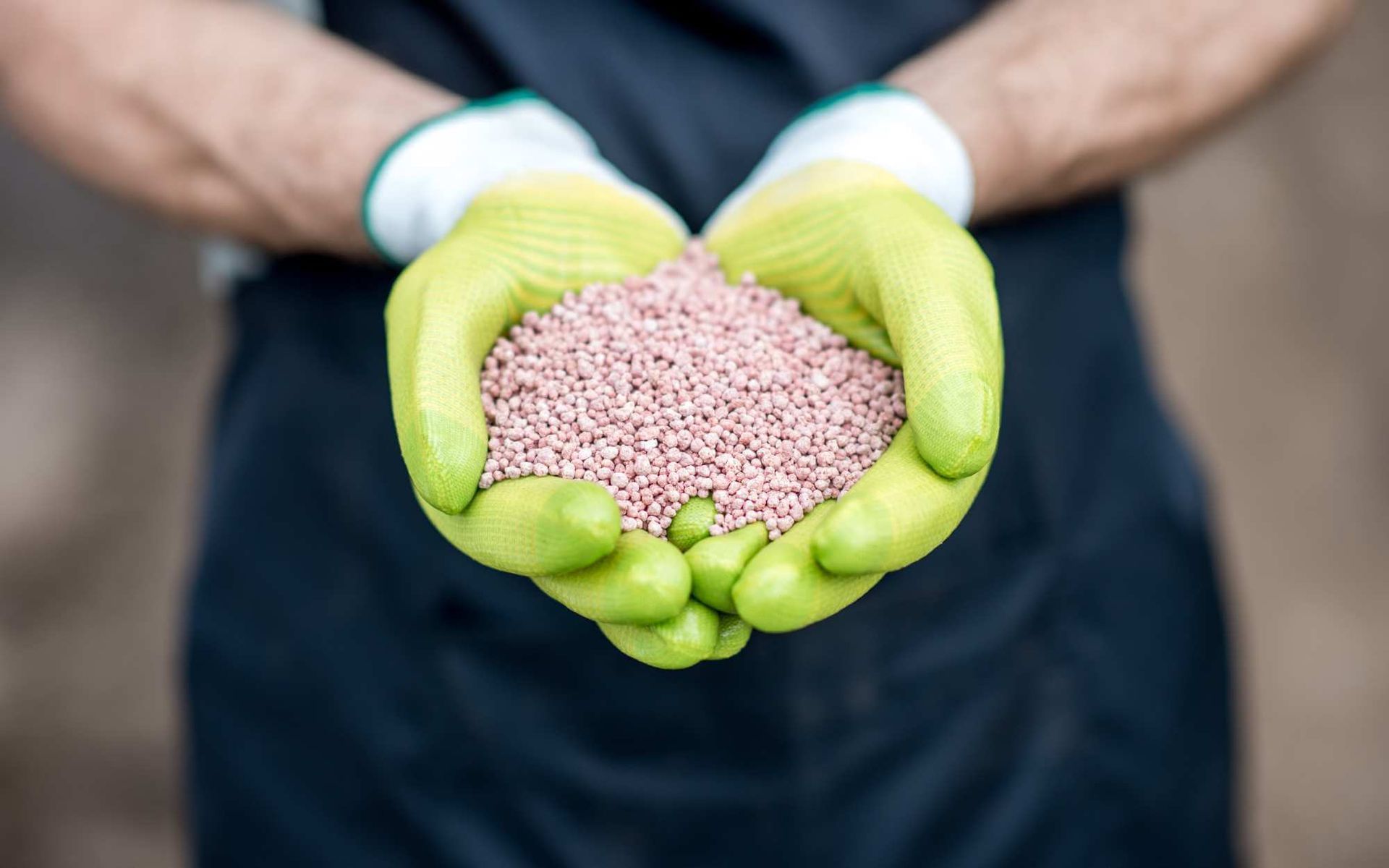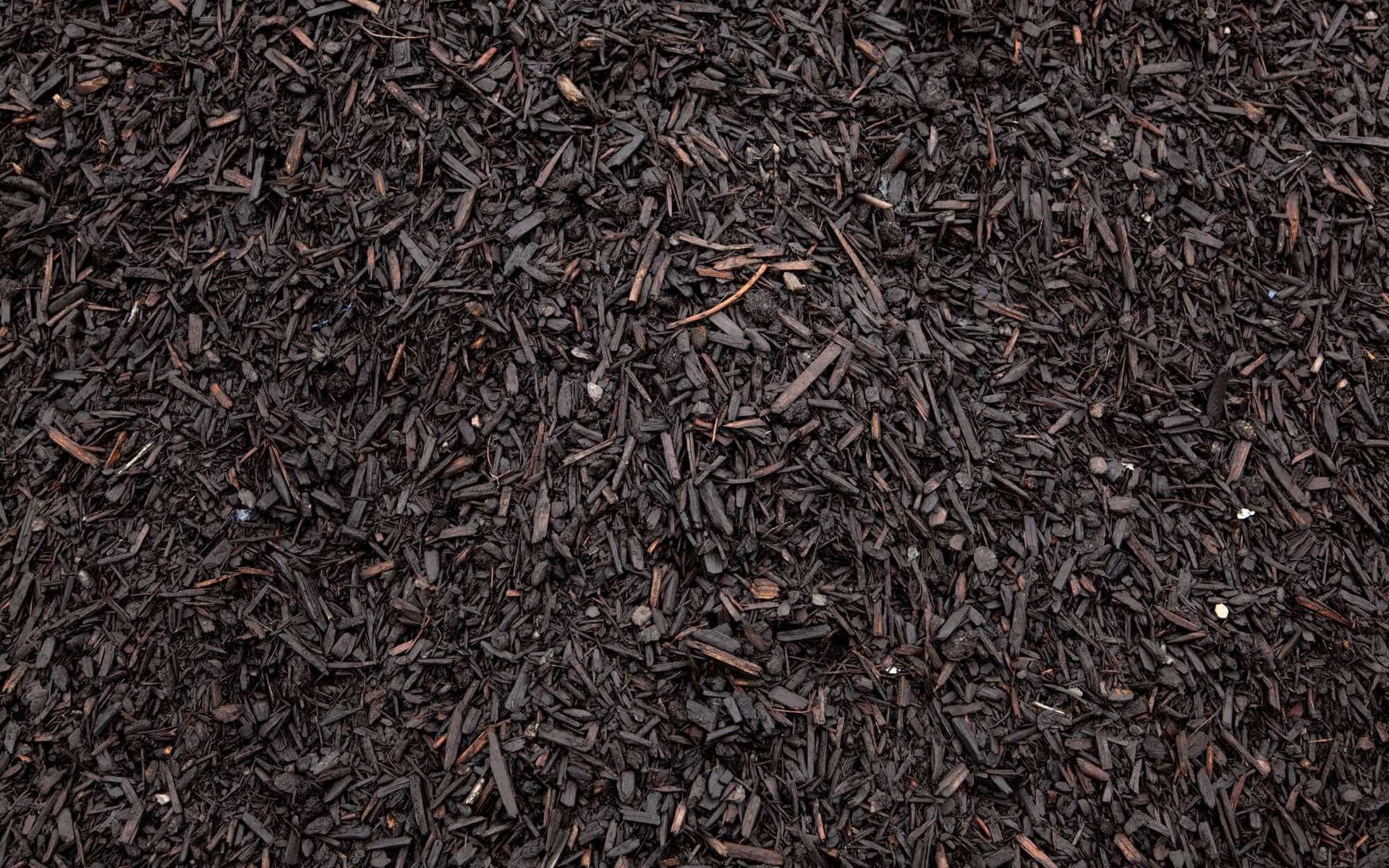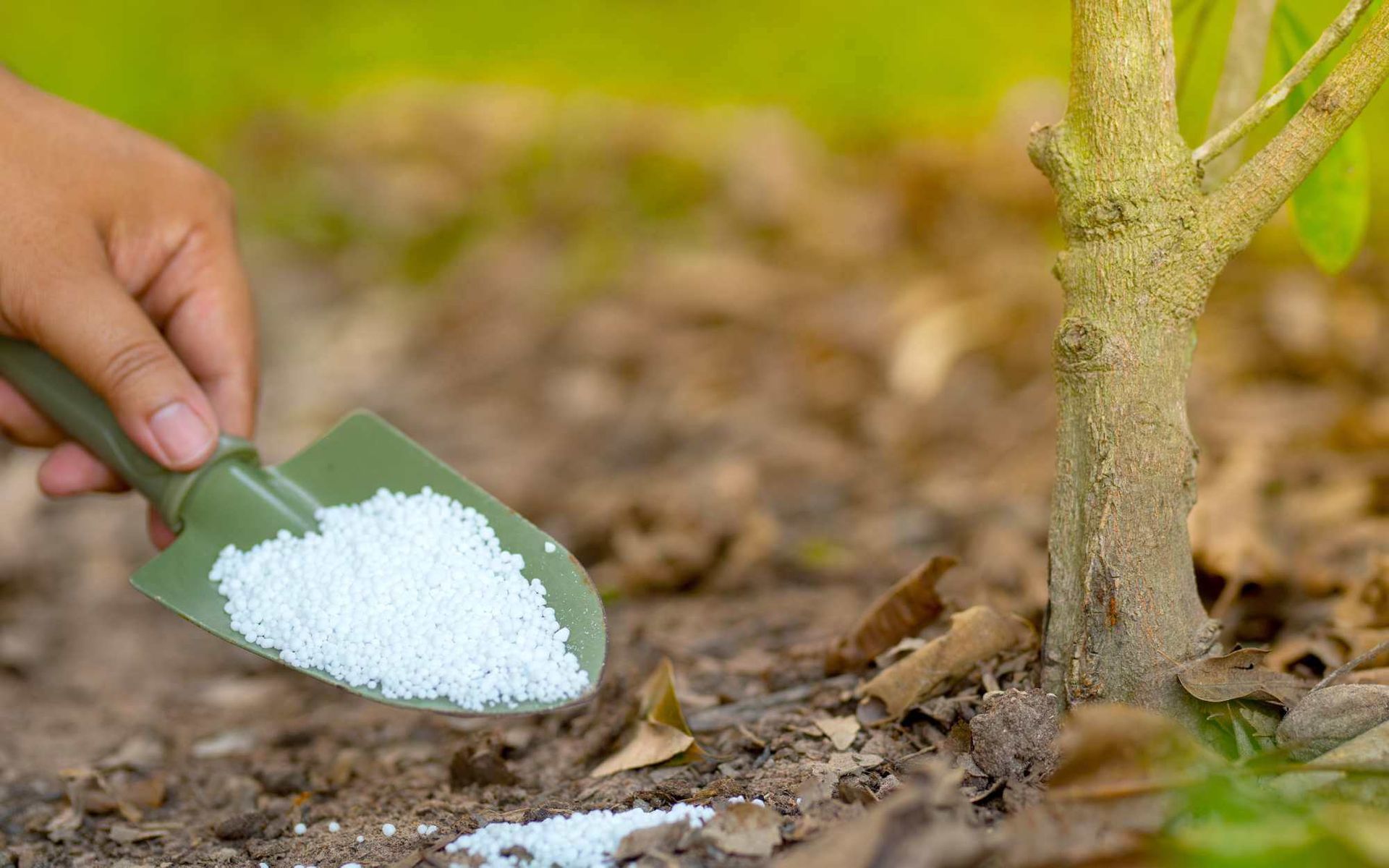A Guide to Choosing the Right Fertilizer for Trees
PUBLISHED ON
SHARE THIS ARTICLE

Choosing the right fertilizer for your trees is an essential component of maintaining their overall health and vitality. Much like humans, trees require specific nutrients to thrive and flourish.
An optimal fertilizer can nourish your trees from the plant roots up, promoting robust growth, vibrant foliage, and longevity.
This guide will walk you through the process of
selecting the perfect fertilizer for your trees, ensuring they remain a stunning and healthy part of your landscape for years to come.
Factors to Consider When Choosing Fertilizer
Trees, like all living organisms, require a well-balanced diet of nutrients for their survival.
Nitrogen, phosphorous, and potassium are crucial for promoting strong growth, leaf production, and resisting diseases.
The soil composition determines the availability of these nutrients, with certain types of soil retaining nutrients better than others.
The soil pH levels can also affect nutrient uptake. For instance, alkaline soils can inhibit the absorption of iron and manganese. Sandy soils leach nutrients more easily, while clay soils may not allow for adequate drainage.
Furthermore, the tree species and the stages of plant growth contribute to the nutrient needs. Young trees and shrubs require a different nutrient ratio than mature trees.
Therefore, carefully selecting a fertilizer that meets these requirements is paramount to ensure your trees’ optimal health and growth.
Types of Fertilizer for Trees

Tree fertilizers are predominantly of three types - Organic, Inorganic, and Slow-release, each having unique characteristics and advantages.
Organic Fertilizers - Derived from plant and animal waste, organic fertilizers enrich the soil naturally. They provide an array of nutrients, promote microbial activity, and improve soil structure, although they work slowly compared to inorganic options.
Inorganic Fertilizers - These are synthetically manufactured fertilizers, highly effective for immediate nutrient absorption. Inorganic fertilizers deliver specific nutrients, ensuring quick growth and vibrant foliage. However, they might upset soil health if used excessively.
Slow-Release Nitrogen Fertilizers - As the name suggests, a slow-release fertilizer gradually releases nutrients, providing long-term nourishment. They're ideal for steady growth and reducing nutrient runoff, making them an environmentally friendly option.
Step-by-Step Guide to Tree Fertilizer Selection
As a gardener, selecting the best fertilizer for trees in your garden is of utmost importance. To make an informed decision, follow the steps outlined below:
- Assessing tree needs: Begin by determining the needs of your trees. Understand their species, stage of growth, and health status. For example, young trees need more nitrogen, while flowering trees may require extra phosphorus.
- Soil Testing: Soil testing is a critical step that provides information about the existing nutrient levels and pH of your soil. You can either do a home soil test using a kit or send a soil sample to a laboratory for detailed analysis.
- Understanding Fertilizer Labels: Fertilizer packages have labels indicating the proportions of essential nutrients - nitrogen (N), phosphorus (P), and potassium (K), denoted as N-P-K ratio. An understanding of these labels will help you select a product with the appropriate nutrient balance.
- Selecting the Appropriate Fertilizer Type and Formulation: Based on your tree’s requirements and soil test results, select the right type of fertilizer. For immediate requirements, inorganic fertilizers are suitable. For long-term nourishment, consider slow-release or organic fertilizers. Always follow the manufacturer's instructions for application rates and methods.
Best Practices for Fertilizing Trees

To fertilize trees properly, certain practices are critical to root growth and tree health. The application techniques vary according to the type of fertilizer; granular fertilizers are typically spread around the base of the tree, while liquid fertilizers are often injected into the soil.
The timing and frequency of fertilization depend on the tree species and its growth stage, with most trees benefitting from fertilization in early spring and late fall.
Over-fertilization should be avoided as it can lead to a build-up of salts that might harm the trees. Always adhere to the recommended dosage and frequency provided by the fertilizer manufacturer.
Choose wisely for a flourishing garden!
Proper tree fertilization is vital for a thriving, flourishing garden. It promotes robust growth, improves disease resistance, and contributes to the overall health of your trees. Remember, each tree has unique nutritional needs, choose a fertilizer that aligns with these needs and your soil's composition. Always adhere to recommended dosage and application methods.
Don't hesitate to seek expert advice for a
personalized approach to tree care. Nurturing your trees with the right fertilizer will ensure they remain a vibrant, vital part of your landscape for years to come.
Want a free quote or some friendly advice? Call our team today:






